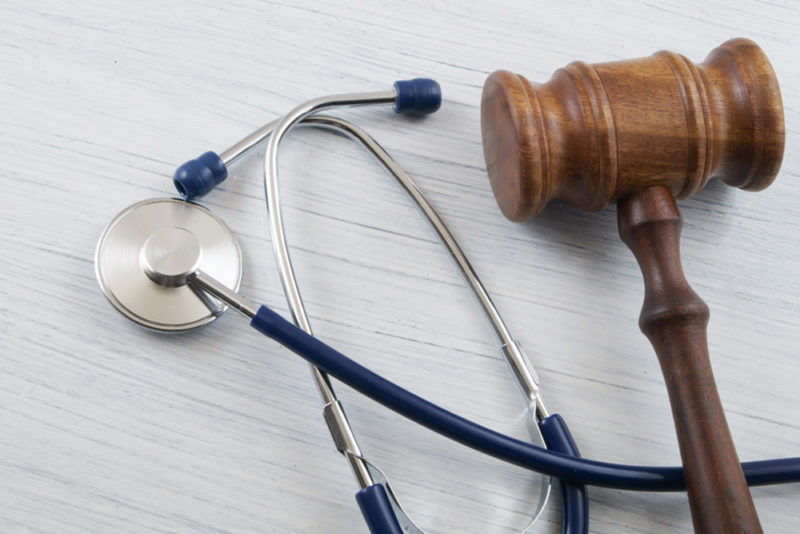I am frequently asked by potential clients or other attorneys to determine whether a potential client has a valid medical malpractice case. I hear tragic stories about how mistreatment by a doctor or a hospital had devastating consequences. To investigate and determine whether we can proceed with the case, we generally obtain a detailed account of the events from the client’s perspective, order all necessary medical records, research to help understand the issues and to find potential experts, and have a doctor confirm whether or not there is a valid case.
Many medical mishaps can result in a medical malpractice claim in Pennsylvania. Birth injury, misdiagnosis, late diagnosis, failure to diagnose, and surgical or anesthesia errors could be violations of Pennsylvania malpractice law. However, a bad outcome from a medical treatment does not always mean that malpractice was committed.
MALPRACTICE:
“Malpractice” means medical negligence. Medical negligence occurs when a doctor, hospital, or other professional violates the standard of care. That’s a fancy way of saying that the professional failed to follow generally accepted practices of others in the field. I represented the family of a 57-year-old woman who went to a hospital with complaints of chest pain radiating to her left arm upon exertion. The emergency room doctor should have performed an EKG, should have drawn blood to look for elevated cardiac enzymes, and should have called for a cardiologist to see the patient; that is the standard of care. Instead, the doctor diagnosed an anxiety disorder and discharged the patient. She died at home the following day. When the doctor failed to do what he “should have done under the circumstances”, he committed malpractice.
CAUSATION:
It is not enough to prove that a professional deviated from accepted medical practice. We must also prove that the negligence caused harm. Proving causation can be difficult in some cases. In the aforementioned example, in order to prove that the standard of care was violated and that it caused the woman’s death, we had to hire an emergency room physician, a cardiologist, and a pathologist. The experts provided their opinions that the standard of care was violated, and that the actions and inactions of the emergency room doctor caused the woman’s death.
DAMAGES:
Finally, we have to prove damages. Damages can be economic, including lost wages and medical expenses under certain circumstances. Damages can also be non-economic damages, including physical pain and suffering, mental anguish, discomfort, inconvenience, distress, embarrassment and humiliation, loss of enjoyment of life’s pleasures, and loss of consortium. In cases of wrongful death, we make claims for spouses, children, and parents for damages including loss of companionship, affection, guidance, education, support, and, what one court called “the profound emotional and psychological loss suffered upon the death of a parent or child where the evidence established the negligence of another as its cause”. We hire experts to testify regarding damages, including economists as well as the doctors who treat the injuries suffered as a result of careless medical treatment.

